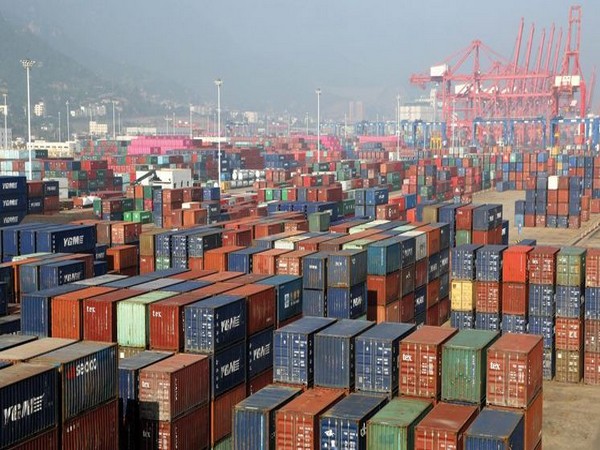India’s export recovery may face challenges due to softening demand in developed markets, the Ministry of Finance stated in its monthly report on Monday.
Merchandise exports registered moderate growth during the first seven months of 2024-25, attributed to weak external demand and a decline in international commodity prices.
On the other hand, merchandise imports performed well, driven by strong domestic demand. A larger increase in imports compared to exports resulted in a widening trade deficit.
The trade deficit–the difference between exports and imports–expanded from USD 60.02 billion to USD 63.24 billion so far in 2024-25, marking an increase of 5.36 per cent.
During April-October 2024, India’s total exports stood at approximately USD 468.27 billion, reflecting a year-on-year increase of 7.28 per cent. The government remains optimistic about achieving its full-year export target of USD 800 billion.
“After a brief moderation during the monsoon months, economic activity picked up in October. Demand continues to grow steadily, as indicated by improving FMCG sales volumes in Q2 FY25 across both urban and rural areas,” the finance ministry noted.
On the inflation front, domestic retail inflation rose in October, primarily driven by elevated food prices in select vegetables.
“Supply disruptions caused by heavy rains in major producing states contributed to price pressures in tomatoes, onions, and potatoes. Elevated global prices also pushed up oil and fat inflation. However, a bumper kharif harvest is expected to reduce food inflation in the coming months. Favourable monsoon conditions, adequate reservoir levels, and higher minimum support prices are likely to boost rabi sowing and production,” the ministry stated.
Looking ahead, the inflation trajectory will largely depend on price movements in edible oils, tomatoes, onions, and potatoes.
“On the positive side, early trends in November indicate significantly lower inflation for tomatoes and onions. The expected bumper kharif production is likely to ease food inflation in the months ahead,” it added.
India’s retail inflation stood at 6.21 per cent in October, exceeding the Reserve Bank of India’s upper tolerance limit of 6 per cent.
After witnessing net inflows for five consecutive months, foreign portfolio investors turned net sellers in October. The finance ministry attributed this to heightened geopolitical tensions and recent developments in China, which led to significant withdrawals from Indian equities.
Foreign portfolio investors (FPIs) are likely to remain net sellers in Indian stock markets for the second consecutive month through November, following a four-month buying streak that ended in September.
(With inputs from ANI)
















